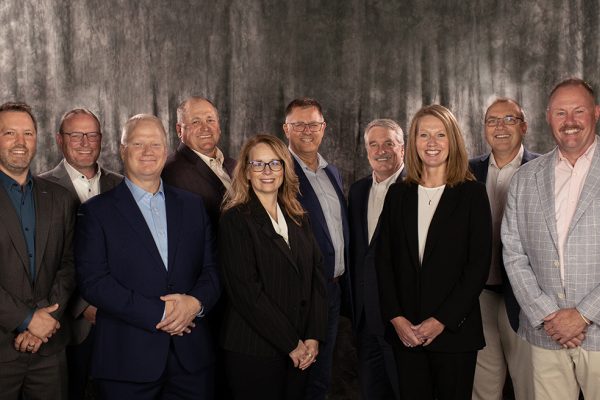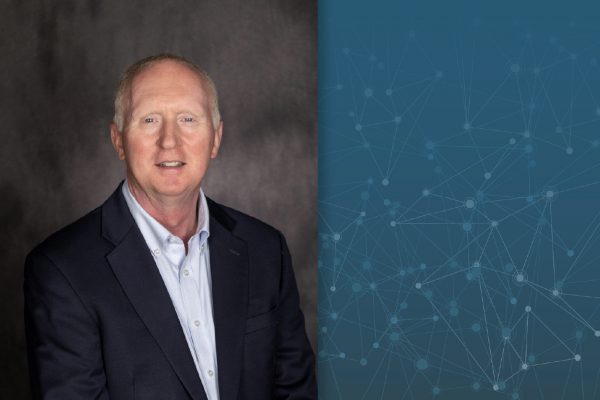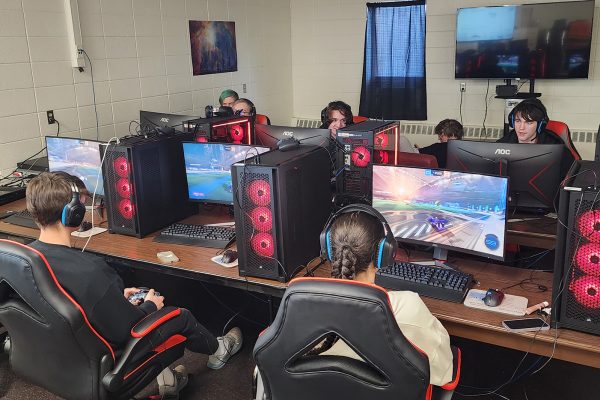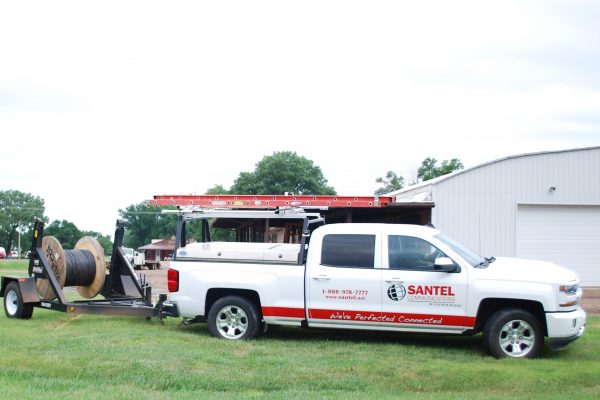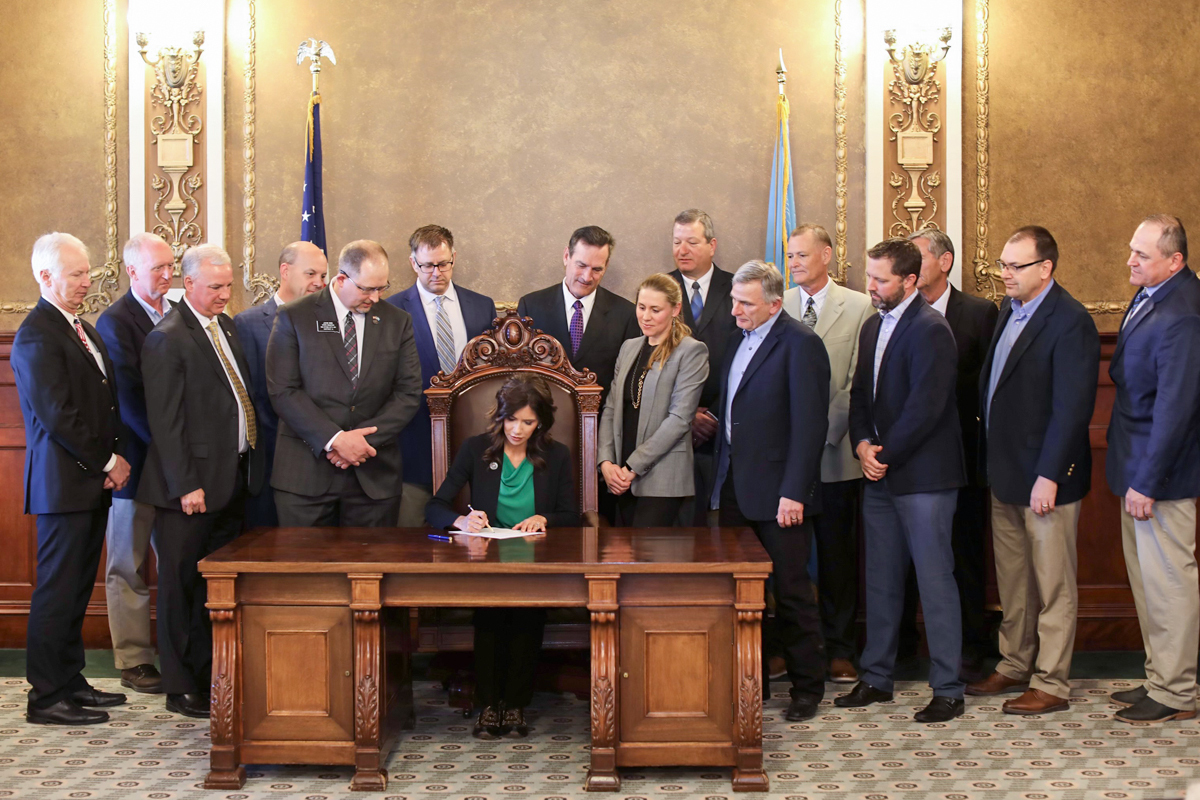
Not that long ago, much of South Dakota’s economy stopped when the sun set.
My father, at 82 years old, recalls days before electricity on his Kingsbury County farm.
In the long, dark nights of winter, the family gathered around the kerosene Aladdin lamp on the dining room table. There, my father would finish homework and his parents would read the Argus Leader. Their additional information source - Yankton’s WNAX AM radio – would play but only for an hour or so around 10 pm when they could catch the news, commodity prices, and, most importantly, the weather, so they could determine the work plan for the next day.
Dad vividly remembers the day that lights came to the farm. The local Rural Electric Association cooperative erected poles and strung the lines. An electrician outfitted the old farmhouse for a bulb in the middle of each room and maybe one outlet. They also wired the barn, the economic hub of farms in those days.
Telephone lines had come much earlier. However, my grandparents had to give up service during the mid-1930s during the depth of the Great Depression and the Dust Bowl that decimated crops. They couldn’t afford $3 per month for service. Fortunately, they rebounded and re-installed the phone before my father’s 1938 birth.
Today, in our ever-connected world, it’s hard to imagine we still have elders among us who lived in such an unconnected way. It’s important we acknowledge neither the telephone nor electric service would have ever reached rural South Dakota without a government investment triggering a public partnership benefitting us yet today.
The same can be said of high-speed broadband service.
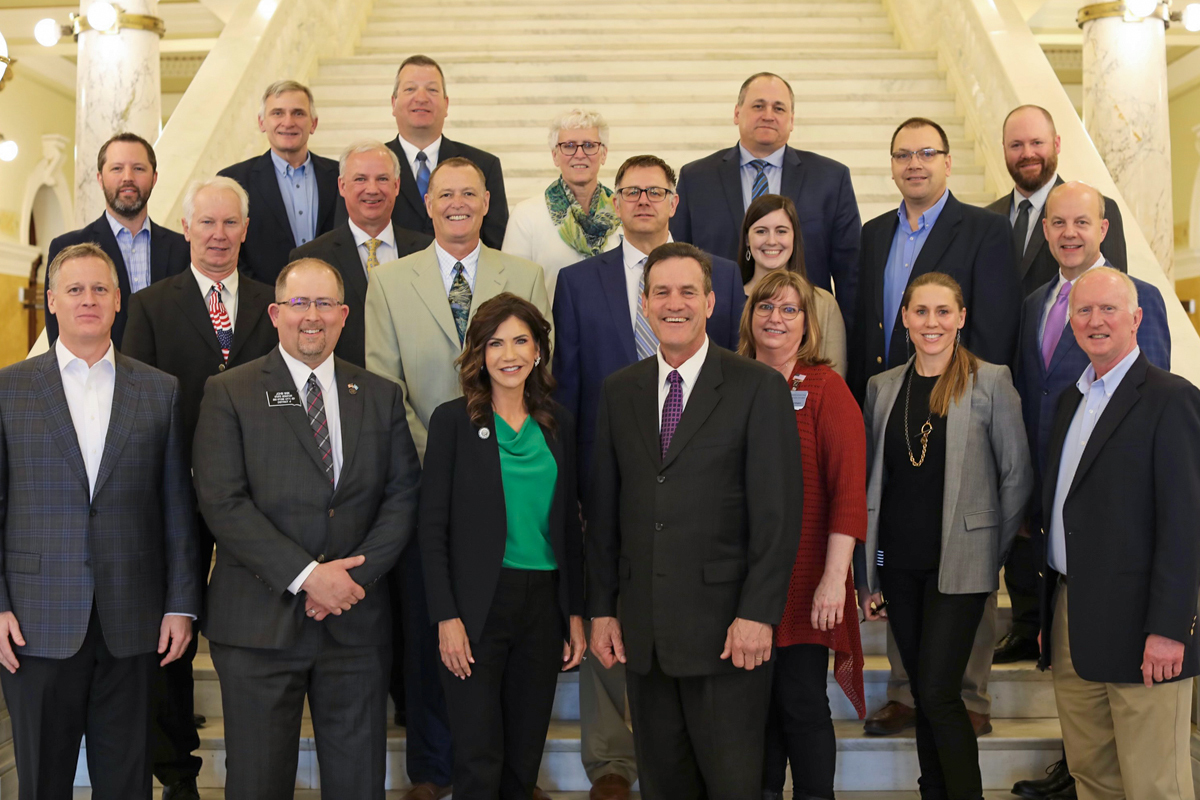
Thankfully, Gov. Kristi Noem and most lawmakers agreed and passed what is the most significant piece of legislation to come out of Pierre this session or maybe in a generation.
Noem set the vision for a one-time $100 million spend - $75 million of state funds and $25 million of CARES Act funds to wire the remaining pockets of South Dakota. Local broadband companies, mostly customer-owned cooperatives, will match those funds in a public-private partnership to expand their networks into those unserved or underserved geographies.
Surprisingly, some of those areas are not rural. You only need to travel a couple of miles north or south of Sioux Falls to find addresses that can’t connect. It’s a similar story just outside Huron, Mitchell, Pierre, and Watertown. There are complex reasons behind it that are too deep to explore here, but there are also more isolated addresses that understandably haven’t been connected.
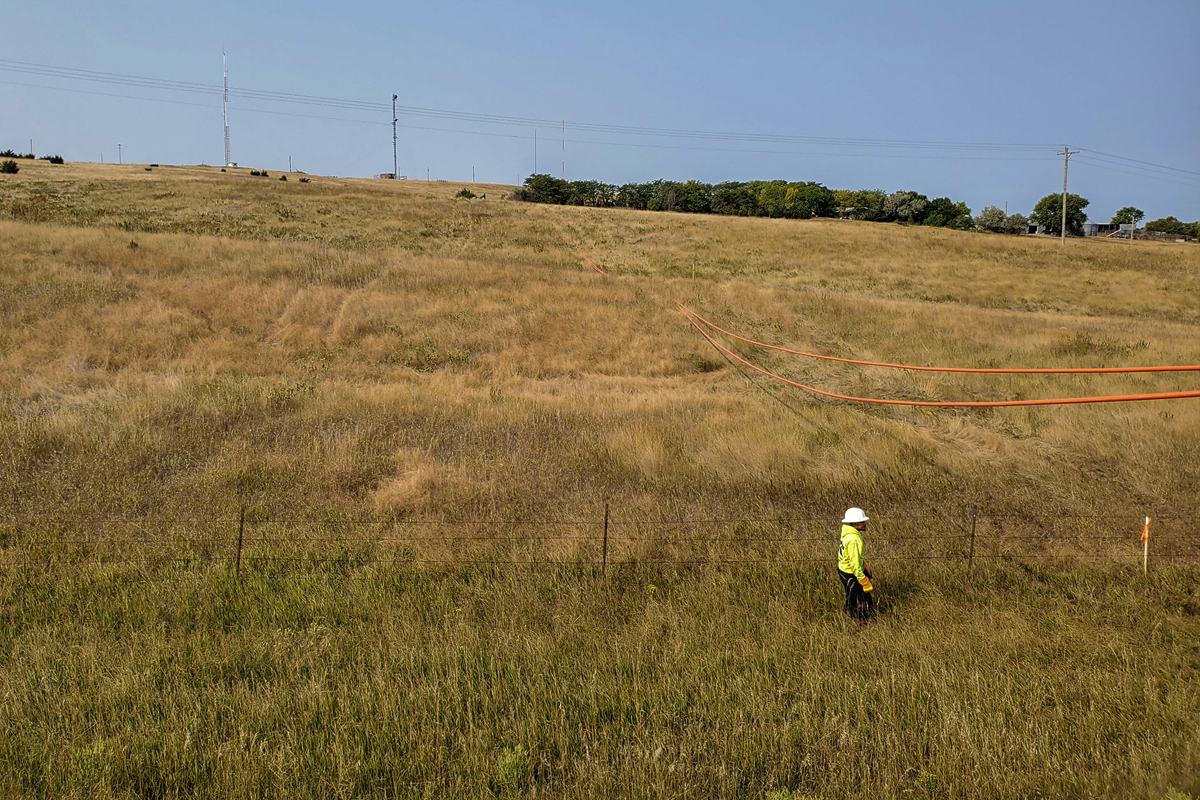
The solution is not inexpensive. Installing fiber across East River prairie can exceed $20,000 per mile. Boring fiber into Black Hills granite costs $65,000 per mile. With the lack of dense populations, the investment would never pencil out without government assistance.
Why not wireless or satellite, some ask? There might be hard-to-reach spots where that will be a partial solution, but wireless still needs to connect to fiber for data delivery, and neither wireless nor satellite deliver reliability, especially when you need it most. Think storms in summer or winter.
A $100 million spend is a big investment by any standard. However, be warned: It might not be enough. President Joe Biden’s infrastructure package might need to finish the job.
I’m old enough now to see the emptying of rural South Dakota. The farm on which I was raised and where my father still lives had 14 children within a square mile. Today, I count fewer than half that many kids on those farms. The age demographics and population density drain dramatically as you drive farther west.
South Dakota’s economy wouldn’t have survived without telephone and electricity. Looking to the future, the same can be said for internet connectivity.
Many of us tire of the headlines and noise of proposed legislation looking to solve problems that don’t exist. The $100 million broadband investment doesn’t qualify as one of them. This will solve real problems for real South Dakotans.
My father tells me he’s not interested in connecting when fiber passes his farm. He’s lived this long without it and rather enjoys his device-free world. The local newspapers, radio, and TV deliver all the connectivity he wants. However, the young farm family across the road cannot let it pass them by. Their future, our state’s future, will depend on them not only connecting but leveraging it to access the benefits of telemedicine, education, e-commerce, as well as make our state’s number one industry – agriculture – thrive.

